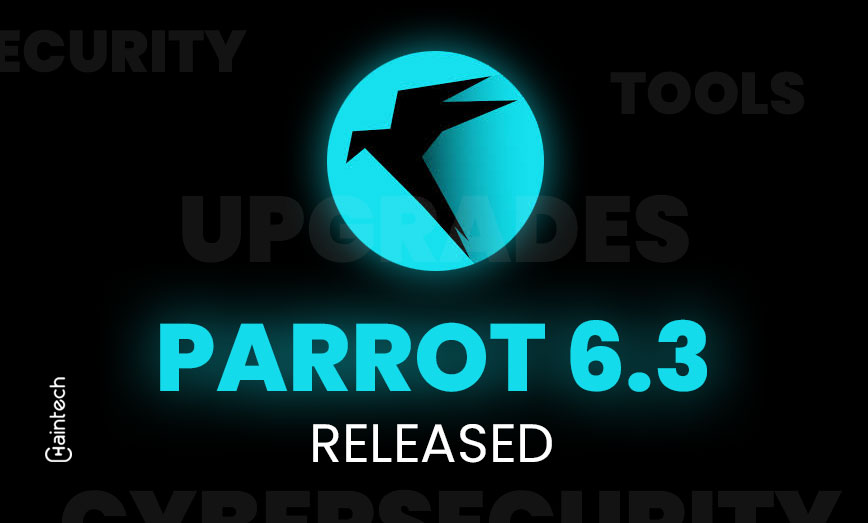1987 – Jerusalem Memory Resident Virus: The Early Threat to Computer Security

Have you ever wondered how some of the earliest computer viruses worked? The Jerusalem Memory Resident Virus, dating back to the late 1980s, was one of the first malware strains that left a lasting impact on the world of computer security. This was one of the first variants of malware which left a lasting impression on computer security. A few unscrupulous programs and viruses were developed that would hold on to the computer-makers too.
Because of the payload which is released on a specific date, it was called the Jerusalem Virus after the city. It could have devastating effects on systems, including data loss, crashes, and, most importantly, a turn in the strategy from antiviruses to cyber security.
The virus thrived in a DOS-based environment and impacted countless users during its time, shaping the future of computer security. How did it all unfold? Keep reading to dive deep into the story of the Jerusalem Virus and its significant role in the evolution of modern malware.
How Did the Jerusalem Memory Resident Virus Spread?
The Jerusalem virus had a particularly sneaky way of spreading. It mainly targeted executable files, like .exe and .com files. Once you open one of these infected files, the virus will latch onto your computer’s memory. This is where it gets its name as a “memory-resident” virus. One such perhaps records of the actual file opened. Even after you closed the file, the virus rested in the RAM of your computer, waiting to ooze out whenever certain files were opened.
During the late 80s, it was common practice to send out files via floppy disks. So, it was easy for the virus to spread as people exchanged files ignorant of the content the files bore. And it wasn’t just a minor annoyance. The Jerusalem virus came with a payload—a specific command that triggered it to act up on Fridays, especially causing chaos on the system.
Imagine the frustration of users back then. You’d be working fine all week, but every Friday, your computer would slow down or even crash. This was the virus’s way of causing instability and disruption, making it difficult to predict and even harder to fix.
The Virus’s Attack Method: How It Infected Systems
The Jerusalem virus didn’t just pop up randomly. It had a specific attack vector that allowed it to infect systems. As we mentioned earlier, it was mainly spread through infected executable files. The rather unpredictable behavior of the virus generated fear and even anger in some users. It is somewhat understandable that during the 80s computer users did not have an idea of how dangerous the use of computers could get.
The virus was like a fast-moving sea, which instead rang the alarm and made users more aware of cyber security and the role played by anti-viruses.
The Jerusalem virus stayed hidden, working silently in the background.
And here’s the catch: the virus had a date-triggered payload. It would activate more aggressively every Friday, causing the system to slow down or even crash. This made it even more challenging to detect and remove since its effects weren’t always consistent. Some users might experience issues throughout the week, but things got much worse on Fridays.
Key Features of the Jerusalem Virus
The Jerusalem virus introduced several notable features that made it stand out from earlier forms of malware. These features also gave us a glimpse into the future of more complex computer viruses.
- Memory-Resident Operation:
One of the most dangerous aspects of the virus was its ability to stay in the computer’s memory. Once the virus was loaded into the RAM, it continued infecting other executable files even after the initial infected file was closed.
- File-Infecting Virus:
The virus infected executable files such as .exe and .com files. This type of malware made it incredibly easy to spread, especially during a time when people frequently shared files via floppy disks.
- Date-Triggered Payload:
The virus had a unique feature where it would activate its payload every Friday. This caused the system to slow down or crash on those days, making the virus even more unpredictable and challenging to fix.
- Psychological Impact:
The unpredictability of the virus caused fear and frustration among users. Back in the ‘80s, people weren’t as aware of computer security risks as they are today. The virus served as a wake-up call, pushing users to become more aware of cybersecurity and the importance of antivirus software.
Impact of the Virus: Consequences on Computers and Users
So, what happened to the systems that were infected by the Jerusalem virus? The effects were far-reaching, and they didn’t just cause technical problems. The virus also had a psychological impact on users, causing them to rethink their approach to computer security.
Here’s a closer look at the virus’s consequences:
| Impact Type | Description |
| System Instability | Systems infected with the virus became unstable, particularly on Fridays. |
| Data Loss | The virus had the potential to corrupt files, leading to data loss. |
| Reduced Productivity | Infected systems ran slower and experienced frequent crashes. |
| Psychological Fear | The unpredictability of the virus caused fear among users and administrators. |
| Heightened Security | The virus led to a greater focus on the importance of antivirus software. |
Back in 1987, antivirus software wasn’t as advanced as it is now. The virus caused system instability, often leading to system crashes, especially on Fridays when the date-triggered payload was activated. Many users lost valuable data, as the virus could corrupt files and even make some systems inoperable.
Learning from the Past: Lessons from the Jerusalem Virus
The Jerusalem virus didn’t just affect the computers of the 1980s—it left a lasting impact on how we think about computer security today. Here are a few critical lessons we can learn from this early virus:
- Awareness: The virus made people more aware of the potential risks associated with sharing files and running executable programs. Before the Jerusalem virus, many users didn’t think much about fire safety or the importance of virus protection.
- Importance of Antivirus Software: This virus highlighted the need for antivirus programs that could detect and remove threats before they cause serious harm. While antivirus software existed in some form, this virus pushed more users to install and regularly update these programs.
- File-Infecting Malware: The virus was one of the first file-infecting viruses, which later became a common feature in more complex malware strains. Understanding how these early viruses spread helped develop better security practices.
How to Protect Your Computer from Memory-Resident Viruses
Even though the Jerusalem virus is a thing of the past, memory-resident viruses are still a threat. In any case, there are approaches that you can take to prevent your system from being infected by this kind of malware.
Here are some tips:
- Always Keep Your Antivirus Software Updated: Keep your antivirus software running at all times and, more importantly, keep updating it. This is the shield against the virus’s persistence.
- System Updates Should Be Done Instantly: It is obvious that a system update has useful security updates to fix certain areas that are security risks to the computer. Make sure your operating systems and other software are updated always.
- Always Backup: Regular data backup is complimentary in the sense that, even if your system has been infected, you will still avoid the loss of crucial documents. Such backups are worth saving on an external drive or a safe online cloud service.
- Train Those Who Are Working with You: It’s necessary to train everyone in a company regarding the safe usage of computers and the Internet.
- Restricting Access to Admin Rights: Admin access should be granted on a ‘last resort basis’ to those who really need it. This will minimize the amount of havoc a virus can inflict when an infected system is connected to the virus.
Preventing Future Attacks: Staying Safe in Today’s Digital World
So, what was the fate of the computers infected with the Jerusalem virus? The fallout was extensive and not just limited to technical aftermath problems. Users also experienced an altered perception. The virus rewired how users perceived the use of their computers for security tasks.
- Email Filters: Most viruses are sent through emails as attachments. Filters are used to prevent the sending of emails that may be dangerous to your mailbox.
- Security Audits: Make it a point to check your system periodically for vulnerabilities. It is always wise to search for a solution before a problem occurs.
- Professional Help: Even when your IT team has extensive expertise, there are occasions when hiring a support center is the best course of action. They can pinpoint problem areas and provide fixes.
A Historical Threat, A Timeless Lesson in Cyber Safety
The Jerusalem Memory Resident Virus may be a part of history, but the lessons it left behind are still relevant today. It showed us the importance of being cautious with files, keeping systems updated, and installing reliable antivirus software. It also highlighted the need for continued vigilance in a world where cyber threats constantly evolve.
By understanding how early viruses like Jerusalem worked, we can better protect ourselves from modern threats. In today’s digital age, we have more tools at our disposal, but the basic principles of cybersecurity remain the same. Stay updated, stay cautious, and always have a backup plan. The Jerusalem virus may be long gone, but the need for robust computer security will never fade.









